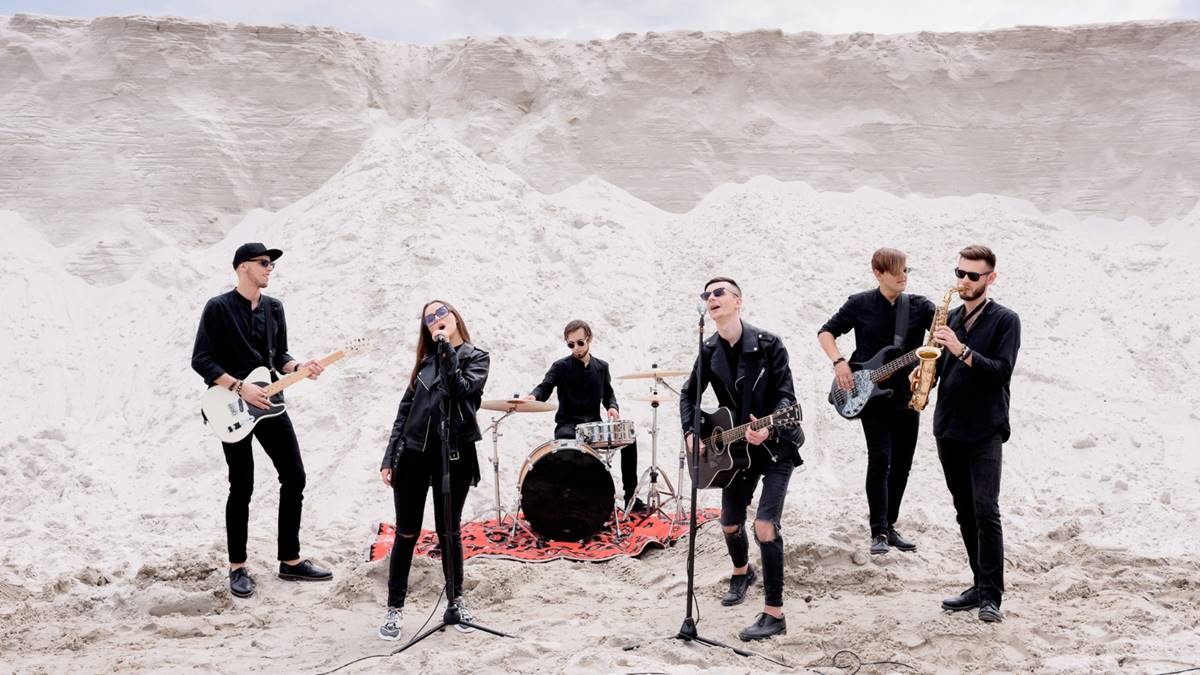Let’s be honest—band shirts used to be about allegiance. You wore them to signal your taste, your tribe, your soundtrack. But in 2025, they’ve evolved into something bigger. A band shirt isn’t just a fan’s badge of honor anymore—it’s a strategic piece of branding, storytelling, and income generation. For musicians navigating today’s rapidly shifting industry, understanding the power of apparel is no longer optional—it’s essential.
The rebirth of DIY with business polish
It starts where it always has: design and authenticity. But unlike the early days of DIY silk-screening in garages and basements, today’s bands are blending artistic freedom with polished execution. The best artists now treat apparel like an extension of their creative output. Think limited drops, fashion-forward fits, and collaborative collections with visual artists. If you’re serious about your sound, your style should reflect it. And yes, this includes understanding the ins and outs of band shirt printing, from fabric selection to eco-friendly inks and fulfillment logistics.
Quality over quantity (and it pays off)
It’s tempting to go cheap on merch—especially when you’re touring on a shoestring budget. But fans in 2025 expect more. A scratchy tee with a faded print won’t cut it. People want pieces they’ll actually wear beyond the gig. Premium cotton, durable prints, and fashion-conscious cuts elevate a shirt from memorabilia to wardrobe staple. And guess what? They’re willing to pay for it. High-quality merch isn’t just good branding—it’s better margins.
Design that speaks—and sells
Your music has a voice. So should your shirt. Whether it’s a cryptic lyric, an iconic visual from an album, or a subtle nod only true fans will recognize, the most effective designs feel like inside knowledge. Minimalist or maximalist, bold or quiet—what matters is that it’s intentional. Strong band merch designs don’t just reflect the music; they invite conversation, spark recognition, and build community.
Direct-to-fan = direct-to-income
Touring isn’t cheap. Streaming doesn’t pay much. But band shirts? They scale. And with today’s tools, artists don’t need to wait for label support or venue sales to move merch. Online platforms make it possible to sell globally, 24/7. Bundles, pre-orders, exclusive drops, and even made-to-order options give fans ways to support their favorite artists directly. It’s not just about selling shirts—it’s about creating micro-moments of loyalty.
Print-on-demand or warehouse stock?
Every approach has pros and cons. Print-on-demand offers flexibility and no upfront costs but often comes with thinner margins and less control over quality. Stocking your own inventory requires investment and storage but allows for bulk discounts and full creative control. Many bands start with POD and scale up to fulfillment partners or even run their own small e-commerce operations. The key? Start where you are—but think ahead.
Inspiration from bold branding
It’s not just about playing music anymore. Bold branding counts. Take a look at wearetherealpimp.com — a platform that thrives on unapologetically loud identity. Whether or not it’s your style, the lesson is clear: clarity in aesthetic and messaging sells. If you know who you are, and you show it boldly, people notice. Band shirts can (and should) carry that same unapologetic clarity.
Merch as legacy
Here’s something you might not have considered: band shirts outlive shows. Long after the amps are off and the tour bus has parked, your shirt might still be worn, loved, and remembered. It becomes a timestamp, a memory, a story. And in that way, merch becomes legacy. Every shirt you put into the world is a chance to be remembered—not just heard.
Wear your music
At the end of the day, a band shirt is a wearable anthem. A way for your fans to express connection, identity, and belief in what you do. But it’s also your business card. Your mobile billboard. Your creative canvas. So next time you think about merch, don’t just think about inventory. Think about influence. Because in 2025, what your fans wear says just as much about your music as what they stream.
